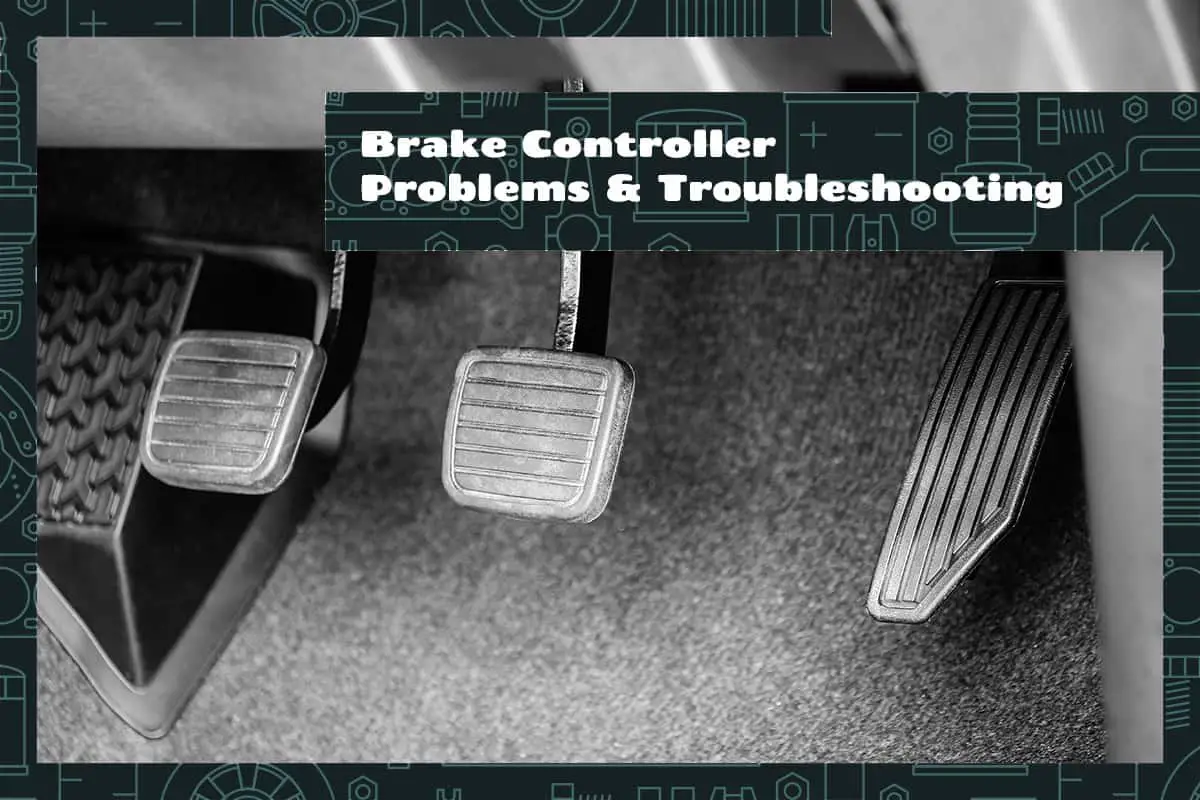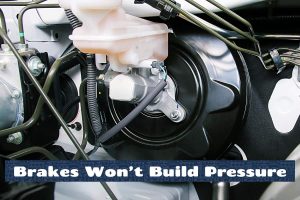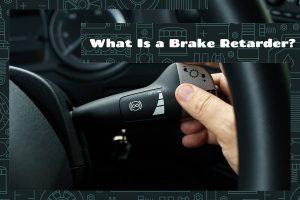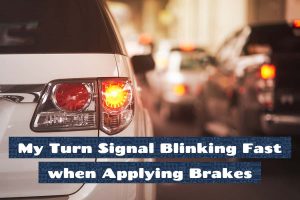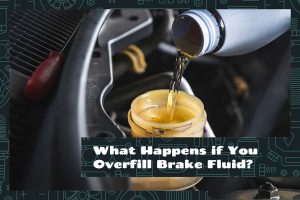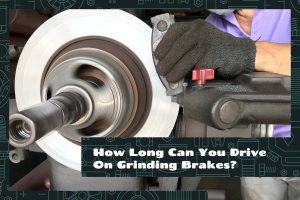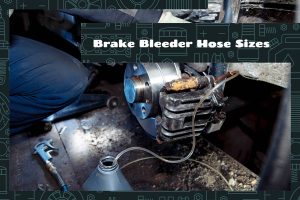Brake controllers are used in towing vehicles, allowing them to communicate with the brakes of the towed trailer for safe stopping. They come in different types, but their main job is the same: to regulate the braking force on the trailer based on the towing vehicle’s speed and braking intensity. Faulty brake controllers can pose serious safety risks, so you should resolve the problem as soon as they arise.
Common problems of a faulty brake controller include:
- Incorrect installation
- Unresponsiveness
- Too little or too much braking
- Wiring issues
- Electronic interference and compatibility issues
- Faulty display or signals
In this guide, we will delve into the world of brake controllers, exploring common problems, and troubleshooting techniques.
The Basics of Brake Controller Functionality
When towing a trailer, your vehicle’s brake system isn’t enough to handle the added weight. That’s where a brake controller comes in. This small device, usually installed within the driver’s reach, ensures that your trailer’s brakes respond at the same time and with the same intensity as your towing vehicle’s brakes.
Brake controllers work by sending a signal from your towing vehicle to your trailer’s brake system. When you step on the brake pedal, the brake controller receives a signal from your vehicle. The controller then sends the appropriate amount of electrical current to the trailer’s brakes. This current controls the intensity of the braking action, making sure your trailer doesn’t overtake your vehicle or sway uncontrollably.
Now, imagine this process happening instantaneously every time you hit the brakes. It’s a delicate balance that requires precision, and that’s why a well-functioning brake controller is so important.
Common Brake Controller Problems
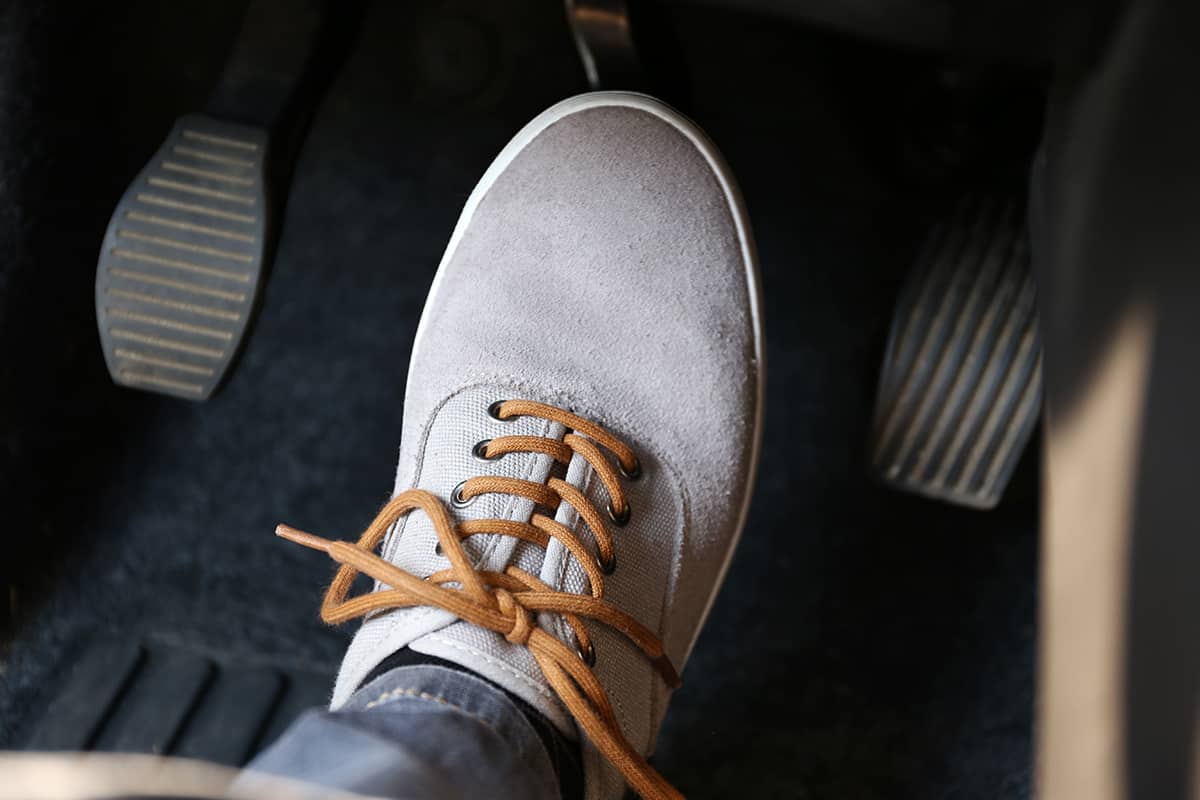
Brake controllers can sometimes run into issues. Identifying common problems can help you troubleshoot faster and get back on the road safely.
1. Incorrect installation
Installing a brake controller is a precise task. Even a small mistake could lead to problems. For instance, if the controller isn’t leveled correctly, especially with proportional types, it may not sense your vehicle’s movements accurately.
2. Brake controller is not responding
Your brake controller might seem like it’s not working at all. You step on the brake, but there’s no response from the trailer. This could be due to several reasons, such as a blown fuse, loose wiring connections, or even a faulty controller.
3. Brake controller causing too much or too little braking
In the first case, it feels like the trailer is pulling your vehicle back every time you brake, which can cause excessive wear on the trailer’s brakes. In the second case, your vehicle’s brakes have to work harder to stop both the car and the trailer, wearing them out faster. Both scenarios can be dangerous.
4. Brake controller wiring issues
Wiring problems like frayed wires, loose connections, or even wrong connections can lead to various symptoms, from a non-responsive controller to unpredictable braking.
5. Electronic interference and compatibility issues
Modern vehicles are packed with electronics, and sometimes, these systems can interfere with your brake controller. For instance, certain types of vehicle anti-lock brake systems or adaptive cruise control can cause compatibility issues.
6. Faulty brake controller display or signals
A brake controller’s display might show error codes or the LED indicators might not function correctly. This could be due to internal controller issues or problems with the connection to the trailer.
Troubleshooting Brake Controller Problems
We covered some of the more common problems that could arise regarding a brake controller, but how do you fix them? Let’s dive into the various ways to troubleshoot a faulty brake controller.
1. Fixing incorrect installation
- Consult your brake controller’s installation manual to understand the correct setup.
- Check the level of your brake controller. It should be parallel to the ground for proper functioning, especially for proportional controllers.
- Cross-verify your wiring setup with the diagram provided in the installation manual. Ensure that all wires are connected to their correct terminals.
- If you identify any deviations from the manual, consider reinstalling the controller or adjusting the wiring to match the recommended setup.
2. Fixing non-responsive brake controller
- Inspect your brake controller’s fuse. If it’s blown, replace it with a new one with the same rating.
- Check all the wire connections between your vehicle and the brake controller, ensuring they are secure and properly connected.
- If the problem persists, it might indicate a faulty controller. Consider replacing it with a new one or seeking professional help for further diagnosis.
3. Adjusting brake controller for optimal braking
- Locate the gain control on your brake controller. This control adjusts the amount of power sent to the trailer’s brakes.
- If your trailer brakes too hard, decrease the gain setting slightly.
- If your trailer doesn’t brake enough, increase the gain setting slightly.
- Test your setup by driving at a moderate speed in a safe, open space and applying the brakes. Make incremental adjustments and retest until you achieve smooth and coordinated braking.
4. Dealing with wiring and connection problems
- Inspect all visible wiring for any signs of damage, such as frayed wires or worn insulation.
- Ensure all wire connections are secure and in the correct terminals as per the controller’s manual.
- Check the controller’s plug and the trailer’s socket for dirt or corrosion. Clean them if needed.
- If you find any wiring issue that you can’t fix, consider taking your vehicle to a professional for repair.
5. Resolving electronic interference and compatibility issues
- If you suspect electronic interference, consider seeking professional help as this can be difficult to diagnose and solve without specific tools and knowledge.
- A professional might install an electronic filter to minimize interference or suggest a different brake controller model that is known to work well with your specific vehicle’s systems.
6. Fixing display and signal problems
- If your brake controller’s display shows error codes or the LED indicators aren’t working correctly, refer to your controller’s manual to understand what the codes or indicators mean.
- Follow any troubleshooting steps provided in the manual for the specific issues you’re encountering.
- If the problem persists, consider contacting the controller’s manufacturer’s customer support for further assistance.
Preventative Measures and Maintenance

Preventing a problem is often easier than fixing it. All it needs is some care and attention to prevent issues. So, let’s look at some preventative measures and maintenance tips for your brake controller.
1. Regular inspections and testing
One of the easiest ways to prevent issues is to regularly inspect and test your brake controller. Before each trip, take a moment to check your controller, its wiring, and connections for any signs of damage or wear. Test your brake controller to ensure it’s working correctly.
2. Maintaining clean and secure connections
The connections between your brake controller and your trailer play a critical role in how your controller performs. Ensure that these connections are always clean and secure. Dirt, rust, or loose connections can interrupt the signals between your vehicle and trailer, causing issues with your brake controller’s operation.
3. Proper calibration
Proper calibration ensures that your brake controller provides just the right amount of braking power to your trailer’s brakes. Check the calibration regularly, especially when you change trailers, as different trailers may require different settings.
4. Protection from the elements
Your brake controller is an electronic device, and like all electronics, it doesn’t like extreme weather conditions. Try to protect it from excessive heat, cold, and moisture as much as possible. While you can’t always control the weather, you can take steps like parking your vehicle in a garage or using a cover to protect your controller from the elements.
5. Regular updates and replacements
If your brake controller has software, ensure it’s always up to date. Manufacturers sometimes release updates that fix known issues or improve performance. In addition, consider replacing your brake controller after a certain period or if it starts showing signs of wear and tear.
